Every solution I have found seems to only apply when every object in a list has the same length. I needed to convert a list to a data.frame when the length of the objects in the list were of unequal length. Below is the base R solution I came up with. It no doubt is very inefficient, but it does seem to work.
x1 <- c(2, 13)
x2 <- c(2, 4, 6, 9, 11, 13)
x3 <- c(1, 1, 2, 3, 3, 4, 5, 5, 6, 7, 7, 8, 9, 9, 10, 11, 11, 12, 13, 13)
my.results <- list(x1, x2, x3)
# identify length of each list
my.lengths <- unlist(lapply(my.results, function (x) { length(unlist(x))}))
my.lengths
#[1] 2 6 20
# create a vector of values in all lists
my.values <- as.numeric(unlist(c(do.call(rbind, lapply(my.results, as.data.frame)))))
my.values
#[1] 2 13 2 4 6 9 11 13 1 1 2 3 3 4 5 5 6 7 7 8 9 9 10 11 11 12 13 13
my.matrix <- matrix(NA, nrow = max(my.lengths), ncol = length(my.lengths))
my.cumsum <- cumsum(my.lengths)
mm <- 1
for(i in 1:length(my.lengths)) {
my.matrix[1:my.lengths[i],i] <- my.values[mm:my.cumsum[i]]
mm <- my.cumsum[i]+1
}
my.df <- as.data.frame(my.matrix)
my.df
# V1 V2 V3
#1 2 2 1
#2 13 4 1
#3 NA 6 2
#4 NA 9 3
#5 NA 11 3
#6 NA 13 4
#7 NA NA 5
#8 NA NA 5
#9 NA NA 6
#10 NA NA 7
#11 NA NA 7
#12 NA NA 8
#13 NA NA 9
#14 NA NA 9
#15 NA NA 10
#16 NA NA 11
#17 NA NA 11
#18 NA NA 12
#19 NA NA 13
#20 NA NA 13
